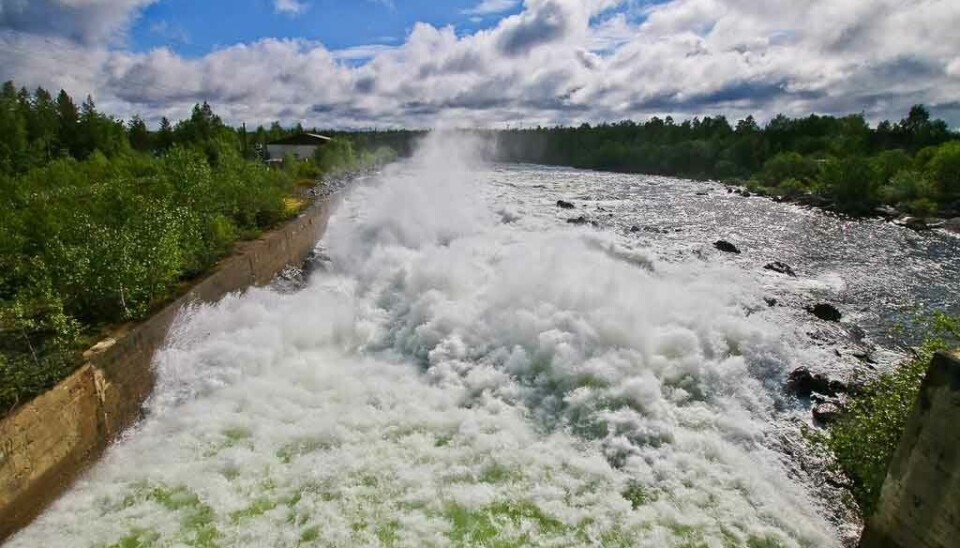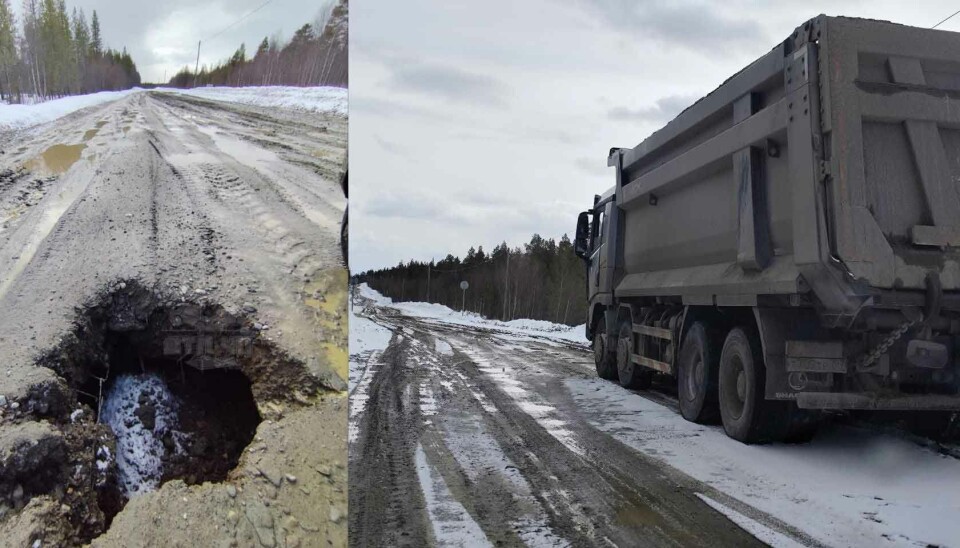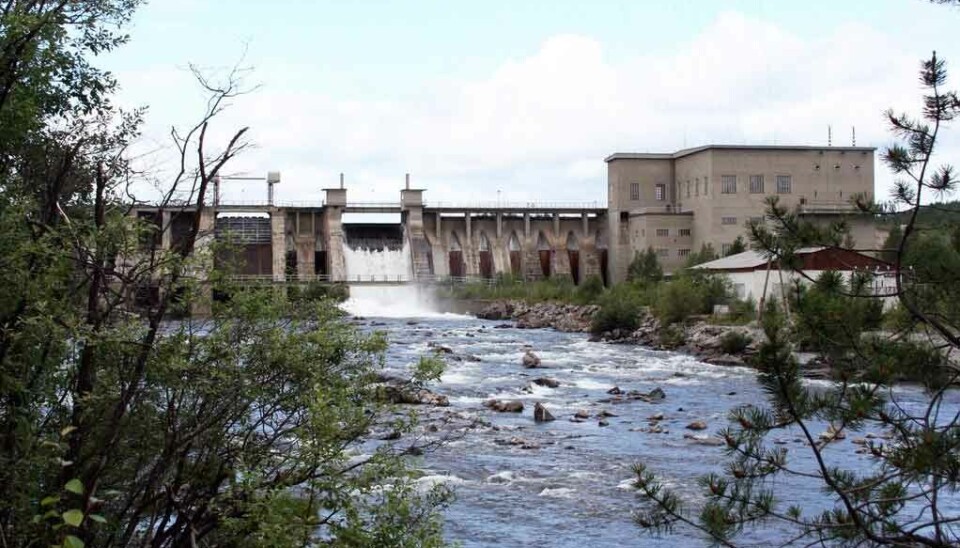
A new hydropower station is under construction in the Pasvik river
A subsidiary company of Gazprom is building a 16,5 MW power station in the border river between Russia, Norway and Finland.
It is the first time in several decades that a new power-generating unit is built in the Pasvik river (Paatsjoki), energy company TGC-1 informs.
The company, which is owned by Gazprom, is in the process of building the new 16,5 MW station. It will have the name "Arktika."
The project does not include construction of a new dam. It is built as part of the existing Janiskoski plant, the company reports.
Trucks are now shuttling to the construction site with materials. The effect on the local dirt road is devastating, and locals complain that it is almost impossible to drive in the area.
"The inhabitants of the Rayakoski village will soon be without a connection to civilisation," a local Telegram channel reports.
"The road between Nikel and Virtaniemi is practically destroyed by the dump trucks that daily bring ground coat to the construction site in Janiskoski. Now, in the time of flooding the axle limit is 6 tonnes. Why does nobody do any controls? The weight of the trucks is about 70 tons."

Janiskoski is located about 3 km from the border to Finland. The distance to Norway is about 10 km.
There are a total of seven hydropower plants in the Pasvik river. Five of them are Russian and operated by the TGC-1. Norway has two plants that are operated by Pasvik Kraft.
Gjermund Wøhni, Head of Pasvik Kraft, says to the Barents Observer that his company only briefly has been informed by the Russians about the Arktika project.
It will have a positive effect on the adjacent Yaniskoski plant, Wøhni explains.
Currently, much water runs through the flood gates at Janiskoski, and the nearby Arktika will consequently help increase efficiency and generating capacity.

The TGC-1 has not responded to a request for a comment to this article.
The new power generating unit is reportedly due to come into production in 2026-2027.
The Murmansk region from before has a power surplus and critics have raised questions about the purpose of the new hydropower project.
"In the region is a surplus of energy, but they still do not want to replace the mazut [fuel oil] boilers with electric ones. Perhaps it would be better to first deal with the boilers and then afterwards build the new hydropower station?" a woman writes in a social media comment.
The Janiskoski is originally the oldest hydropower plant in the Pasvik river. It was first built by the Finns in the late 1930s. Back then, the Petsamo area belonged to Finland and there were major industrial developments connected with rich nickel ore resources in the area.
Janiskoski was built to provide power to the nickel plant in Kolosjoki, the town that now is called Nikel.
The power plant and the dam was destroyed by Hitler's retreating troops in October 1944.
The Soviet Union annexed Petsamo after the Second World War. Two years after the war, Finland was forced to sell the Jäniskoski-Niskakoski area to the Soviet Union. The country consequently lost access to the entire Paatsjoki.













